Scientists Believe They Have Uncovered Why Bizzare Creatures Appeared on Earth Over 500 Million Years Ago
Most people understand that if they were to travel in time to nearly 500 million years ago, the planet they’re standing on would look wildly different than it does now. However, many don’t realize that the planet would be different on the inside, too.
Scientists have recently discovered that, exactly 500 million years ago, the Earth was experiencing a far weaker magnetic field than it does today. And they believe that it was the weakened field that gave birth to life as we know it.
The Earth’s Magnetic Field Is Extremely Important
In order to understand this phenomenon and the subsequent hypothesis, it’s first important to know exactly what the magnetic field is and how it affects the planet.

Source: Freepik
The magnetic field extends from the Earth’s inner core out into space. It affects the planet’s oceans, atmosphere and chemical makeup. Its strength can vary, but the intensity, or lack thereof, can drastically change the way Earth looks, feels and functions.
The History of Earth’s Magnetic Field
Scientists have long understood that the Earth’s magnetic field has transformed several times over the course of the planet’s extensive 4.5 billion year life.

Source: Freepik
They have been able to study the changes in the Earth’s magnetic field over time through the analysis of crystals preserved in rocks.
Rocks in South Africa Tell the History of Earth
Rocks collected from South Africa have helped researchers and scientists better understand the history of the Earth and how the planet’s magnetic field has changed over millions of years.
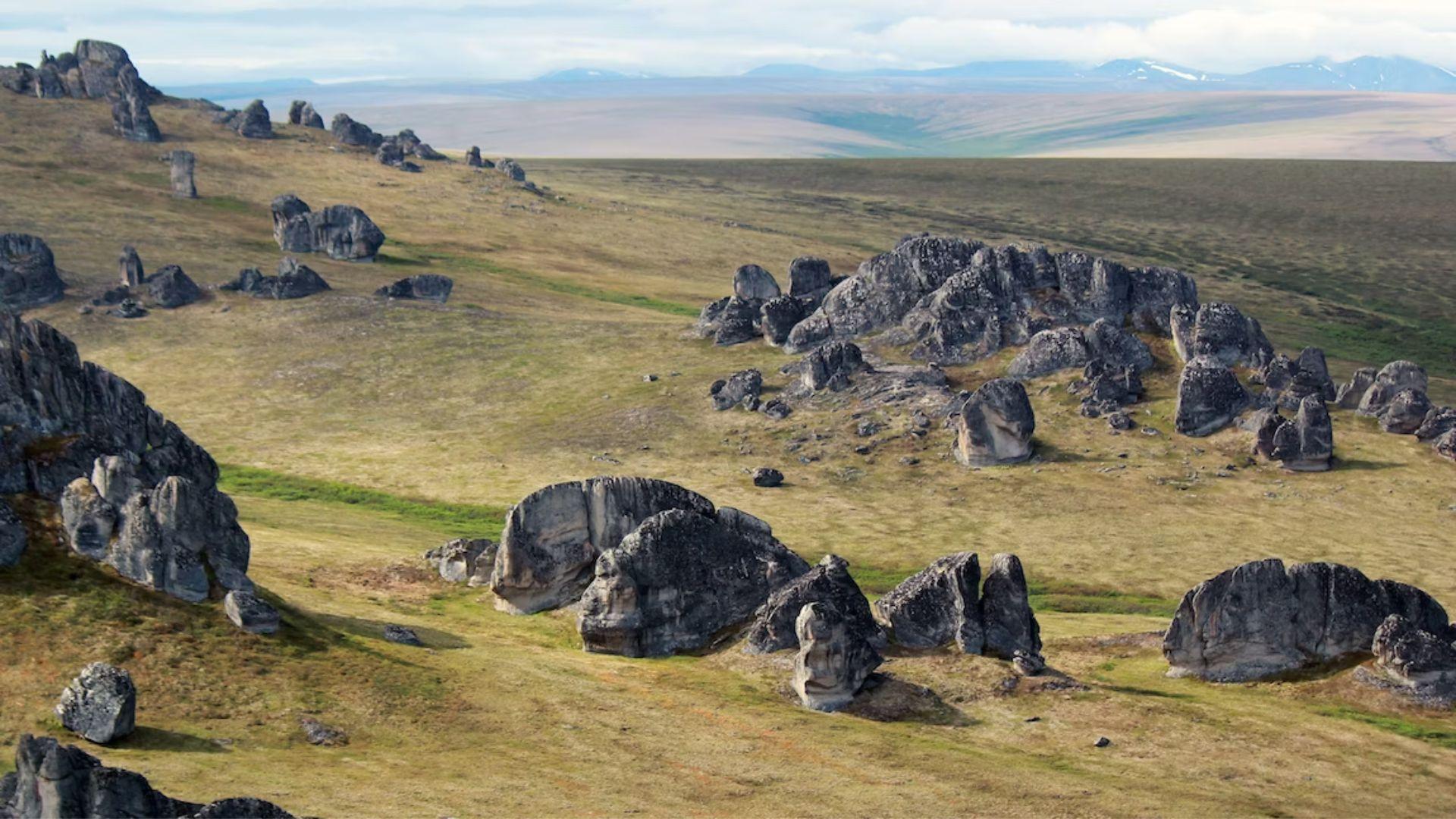
Source: National Parks
According to their research, two billion years ago, the field was as strong as it is today. And from rocks in Brazil, they know that it was 30 times weaker 591 million years ago than it is today.
500 Million Years Ago the Magnetic Field Almost Collapsed
After years of extensive research and analysis of more ancient rocks, scientists have been able to establish that the magnetic field was dangerously close to collapse about 500 million years ago.

Source: Freepik
A study released in the Communications Earth & Environment journal explained that there was an intense heat half a billion years ago that melted the Earth’s inner core. This led to a shift in the force of the magnetic field, which changed the temperature and elements of the planet’s water and air.
Professor Speaks on Weakened Magnetic Field
John Tarduno, a professor of geophysics at the University of Rochester in New York and senior author of the new study, spoke on the weakened magnetic field during an interview with CNN.

Source: Freepik
“But in the Ediacaran, we had a fascinating period in the development of the deep Earth when processes creating the magnetic field had become so inefficient after billions of years that the field almost completely collapsed,” he said
The Formation of Earth's Core
Because the magnetic field is responsible for deterring solar winds from entering the Earth’s atmosphere, when it is weak, those winds can penetrate and change the chemical makeup of the air.
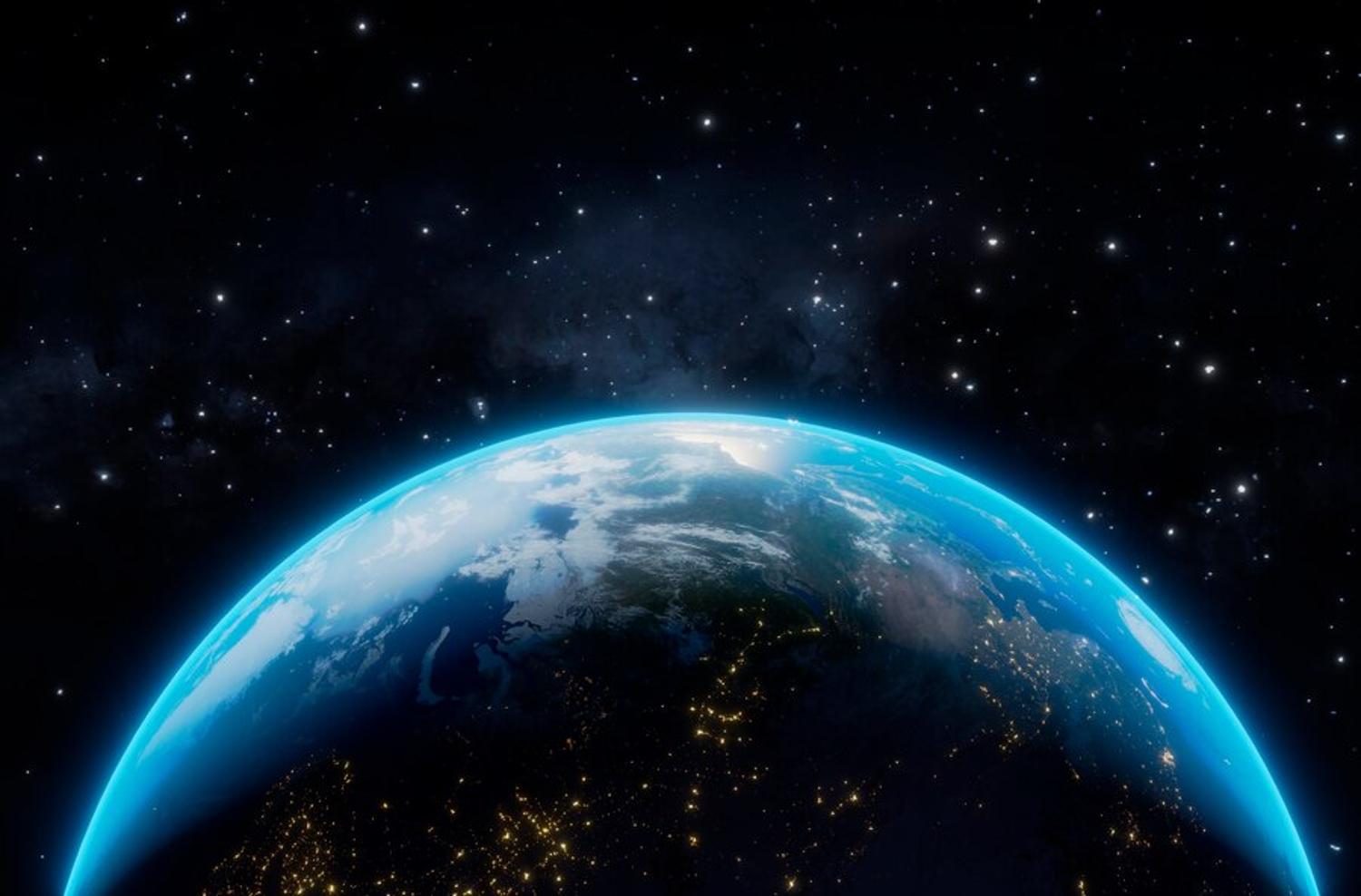
Source: Freepik
The discovery of a progressive weakening of Earth’s magnetic field also helped geologists better understand the long-standing mystery of how Earth’s inner core was formed.
What Happened on Earth?
As the study co-author Shuhai Xiao explained, what occurred on the planet as a result of a weakened magnetic field.
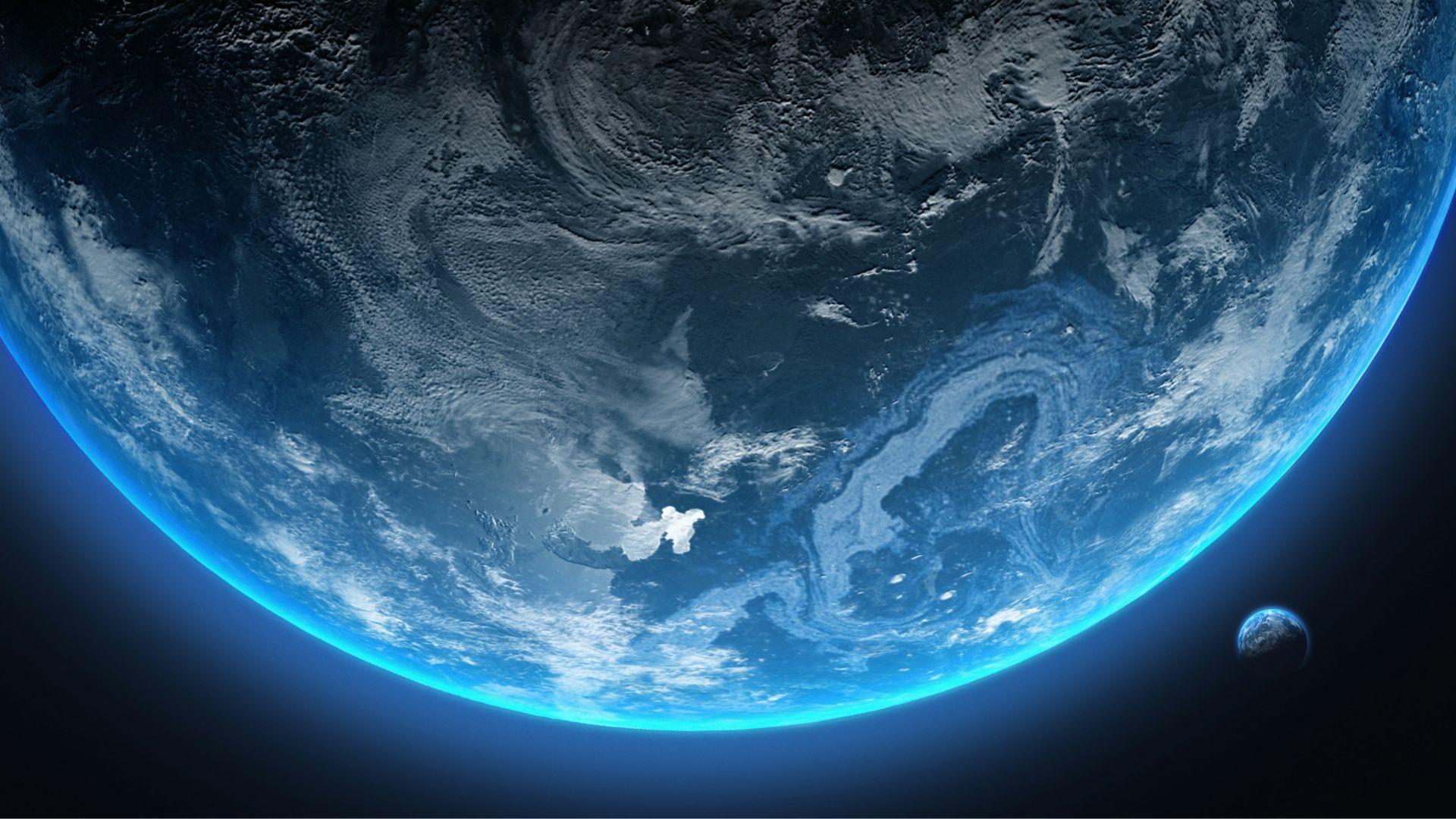
Source: Javier Miranda/Unsplash
“The magnetosphere shields the Earth from solar wind, thus holding the atmosphere to the Earth. Thus, a weaker magnetosphere means that lighter gases such as hydrogen would be lost from the Earth’s atmosphere,” said Xiao.
Less Hydrogen Meant More Oxygen
Now, here is where things get really interesting. Less hydrogen in the atmosphere would have increased the oxygen levels in both the air and the water.

Source: Freepik
Scientists now believe that this phenomenon could have and likely did directly cause the evolution of life into what it is today.
Before the Change in the Magnetic Field
Before the Earth’s magnetic field weakened to the point of collapse, life on Earth mostly consisted of single-celled and other microscopic organisms.

Source: iStock
For more than one billion years, these organisms were the only life on Earth. That is, until 500 million years ago, when a new kind of being emerged.
The Magnetic Field Allowed Multi-Celled Organisms to Form
The period of time 500 million years ago is known to researchers in the scientific community as the Ediacaran.
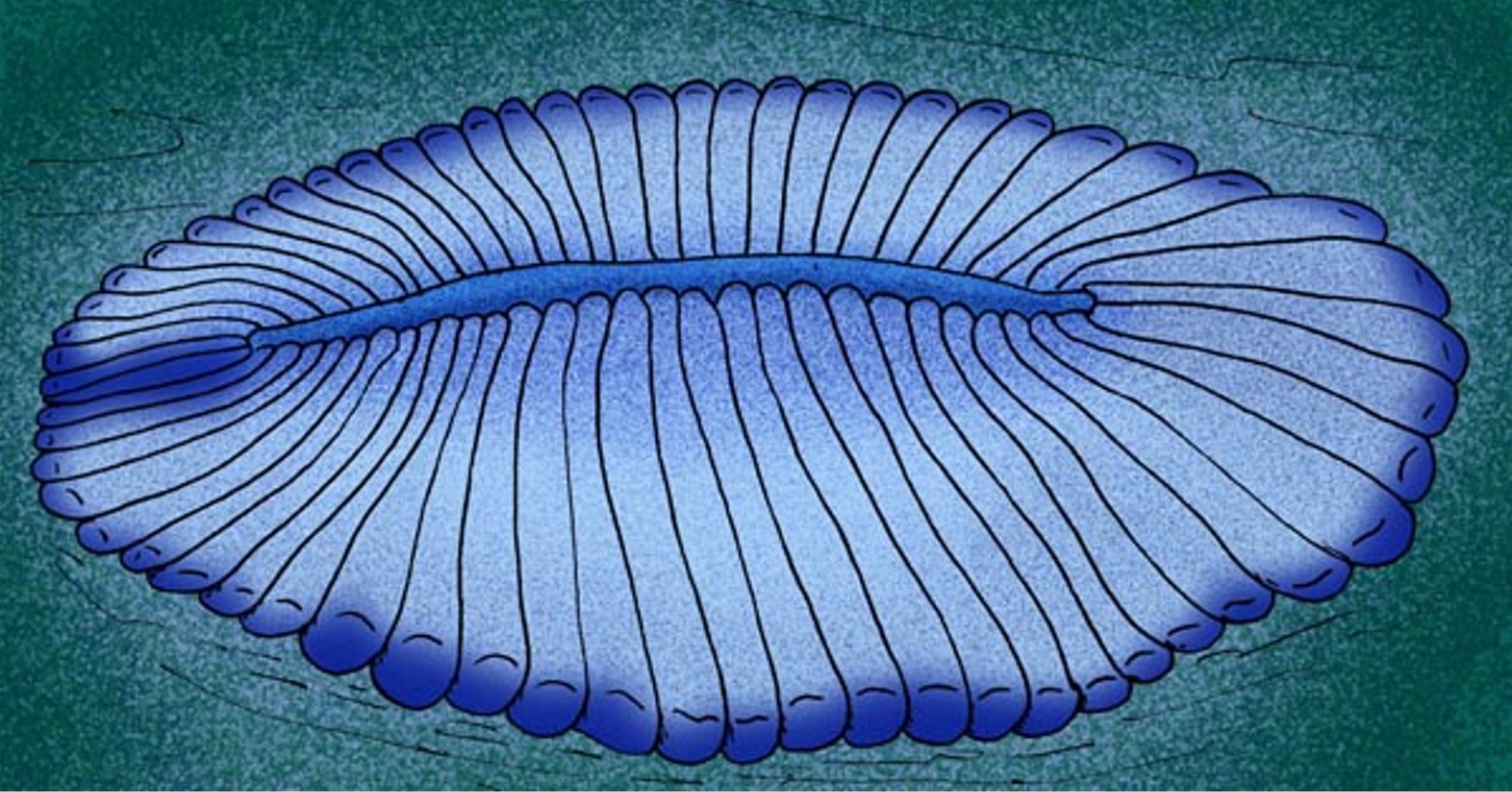
Source: Wikipedia
It’s when the very first multi-celled animals were born. At this time, weird and unusual animals such as tubes, slugs, and discs such as Dickinsonia began populating the ocean’s floors, and they began populating.
Higher Levels of Oxygen Lead to Quicker Evolution
For years, scientists have assumed that these animals developed simultaneously as photosynthetic organisms evolved, creating higher levels of oxygen in the water.

Source: Mockup Graphics/Unsplash
However, they now believe that it was the weakened magnetic field that allowed for the excess of oxygen needed for such a drastic evolutionary jump, and this is what lead to a hastened evolution of animals.
These Two Phenomenons Occurred Simultaneously
As senior author of the study and professor of geophysics at the University of Rochester, John Tarduno, explained, the weakened field may have hastened evolution.
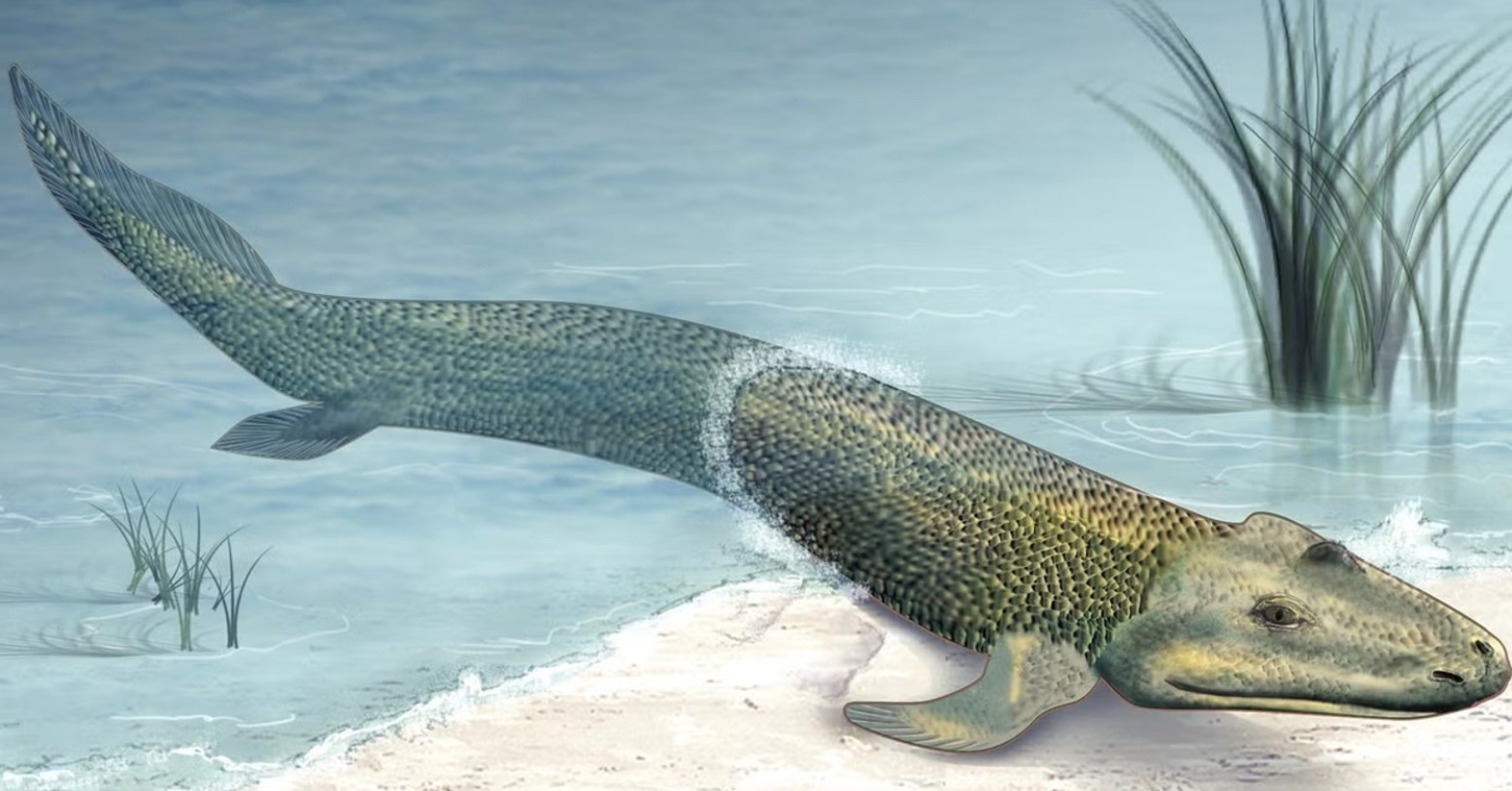
Source: @madison.com/YouTube
“We do not challenge that one or more of these processes was happening concurrently. But the weak field may have allowed oxygenation to cross a threshold, aiding animal radiation (evolution).”
Larger Animals Needed More Oxygen
But one thing is for sure: Larger organisms absolutely need more oxygen than their single-celled ancestors.
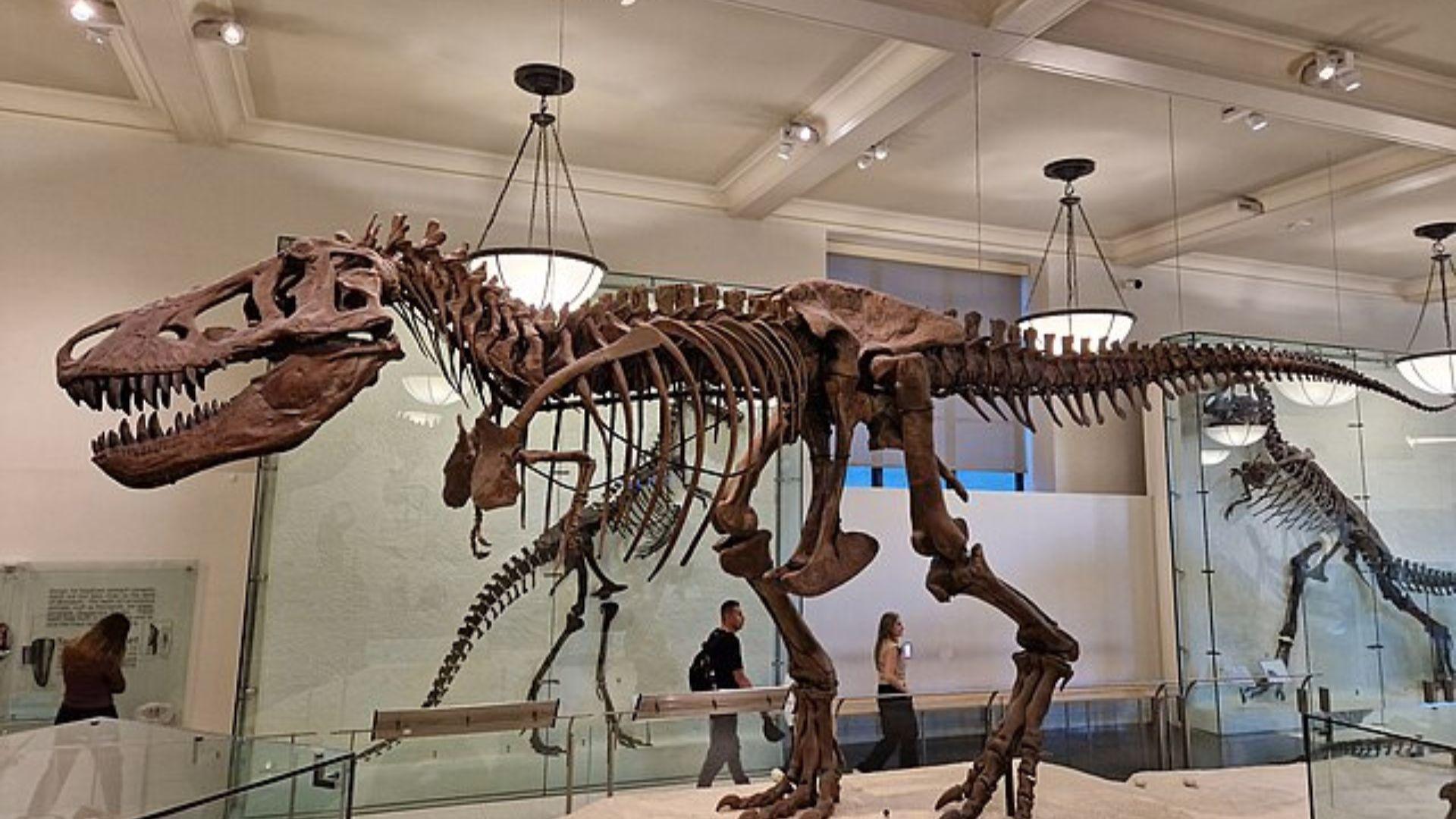
Source: Wikipedia Commons
Therefore, the increase in oxygen in water and air due to the weakened magnetic field either aided in or completely allowed for the evolution of complex life.
The Earth’s Magnetic Field Recovered and the Planet Changed Again
Researchers believe that this weakened magnetic field lasted for about 26 million years, giving animals plenty of time to evolve.

Source: Freepik
However, the period eventually ended, and an intense drop in temperature allowed the Earth’s core to solidify again and increase the strength of the magnetic field.
The Magnetic Field Was on it’s Last Legs
Unlike today, during the Ediacaran period, the innermost core of the Earth was liquid, not solid. This, in turn, influenced how the magnetic field operated, said Tarduno.

Source: Freepik
“And by the time we get to the Ediacaran, the field is on its last legs. It’s almost collapsing. But then, fortunately for us it got cool enough that the inner core started to generate (strengthening the magnetic field).” he said.
The Weakened Field Allowed Animals to Evolve, Says Scientist
Tarduno’s final thoughts on his research suggest that the weakened magnetic field played a significant role in aiding the evolution of animals on Earth.
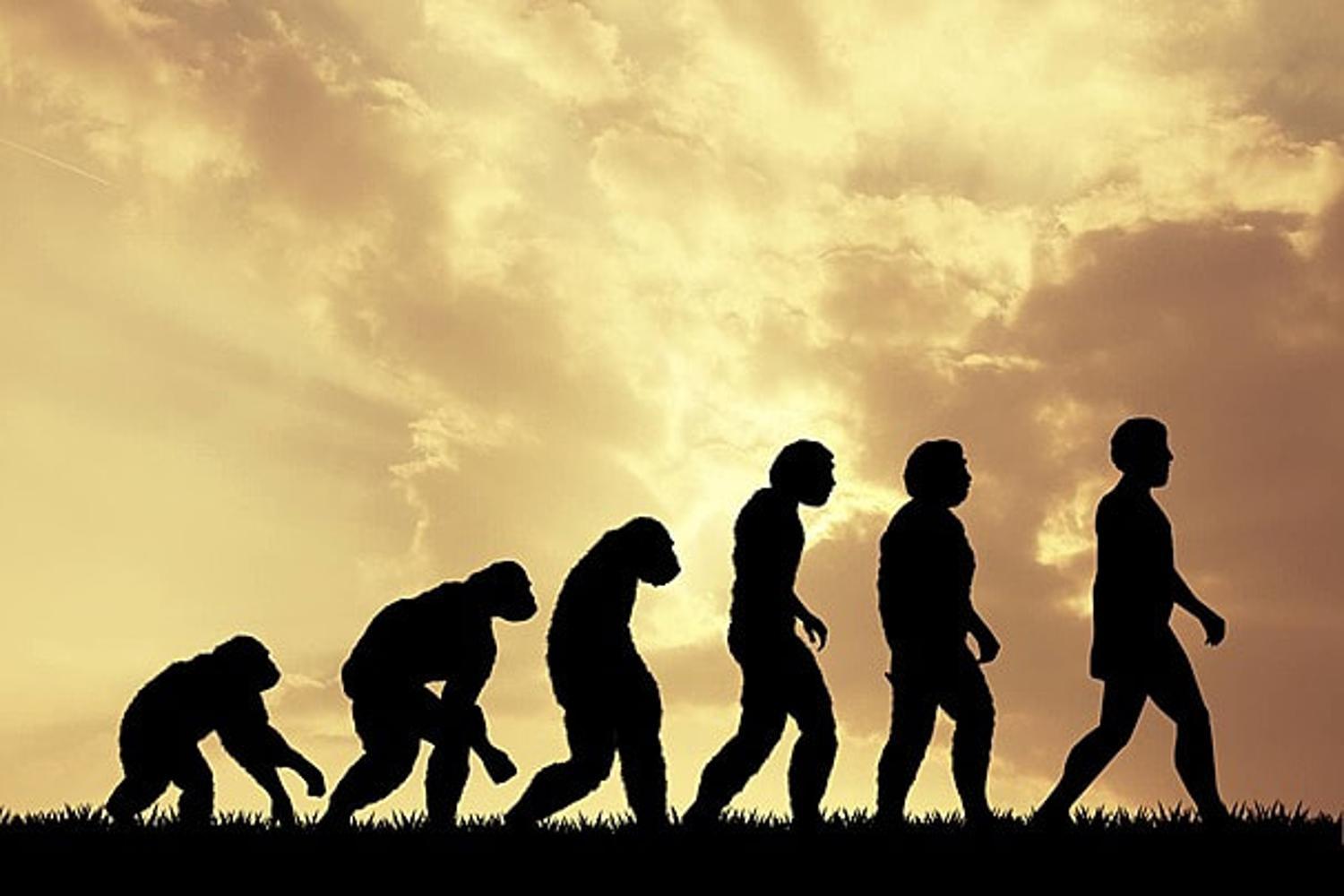
Source: Pngtree
“We do not challenge that one or more of these processes was happening concurrently. But the weak field may have allowed oxygenation to cross a threshold, aiding animal radiation (evolution),” Tarduno said.
The Cambrian Period
The period that succeeded the Ediacaran is known as the Cambrian Period. It was characterized by the rapid evolution of all animals in a short period of time, and it was also the first time animals with shells appeared.
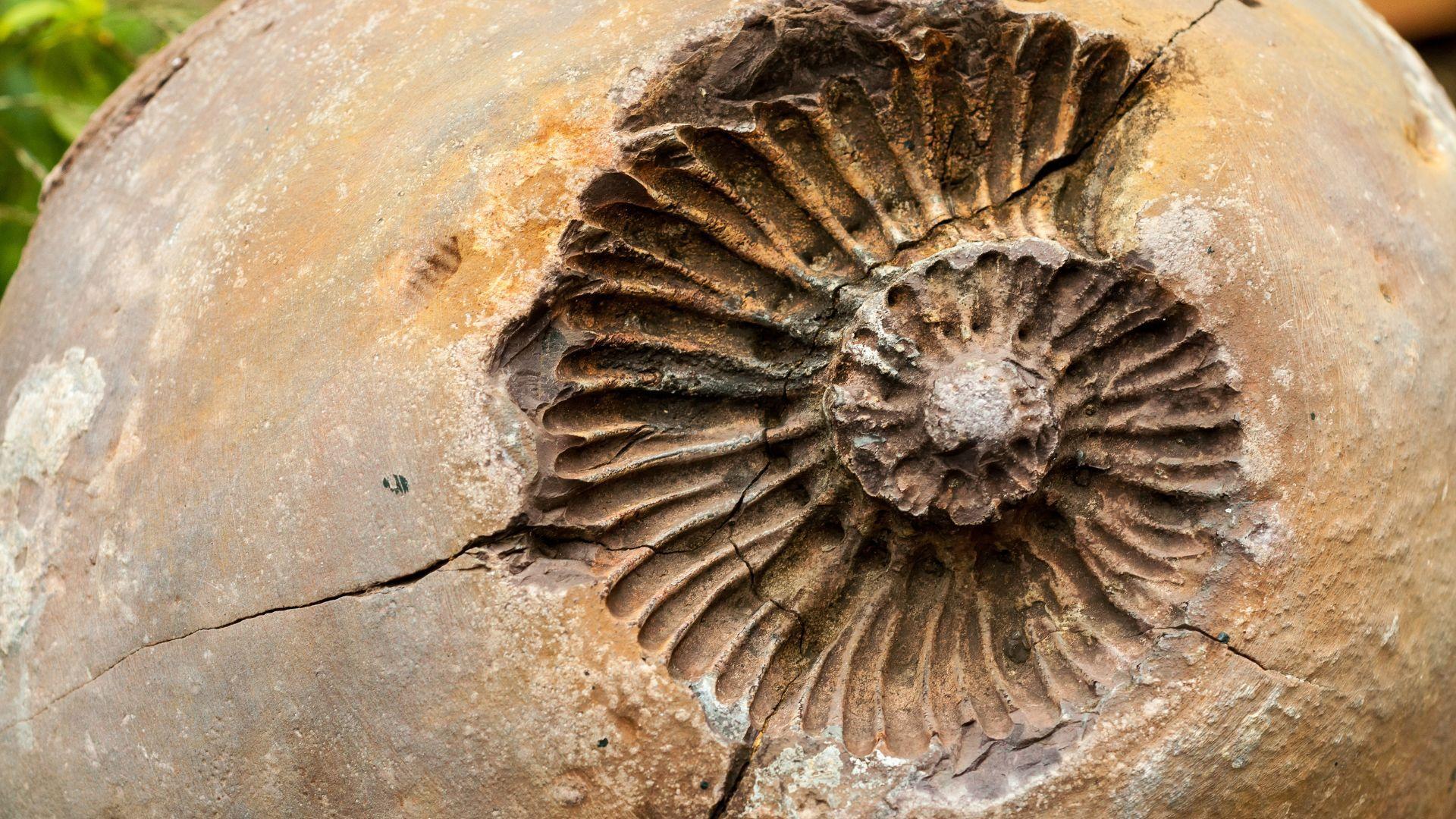
Source: jkraft5/Canva
The small slug and disc-like animals that were born during the Ediacaran period died off, and the first vertebrates and modern-day fish emerged.
Not Everyone Believes in the Magnetic Field Theory
It’s crucial to remember that every scientific study is a hypothesis. While scientists can use extensive research and data, no one can know for sure what happened 500 million years ago.

Source: Freepik
Several experts in the field, such as Peter Driscoll, have shared their opinion on Tarduno’s work and are uncertain if there’s any true validity to his claim.
Driscoll Unsure About the Birth of Complex Life
Driscoll, a staff scientist at the Earth and Planets Laboratory at the Carnegie Institution for Science in Washington, D.C., said that while he believes that the Earth’s magnetic field weakened at the time, he’s not sure that it aided in the birth of complex life.
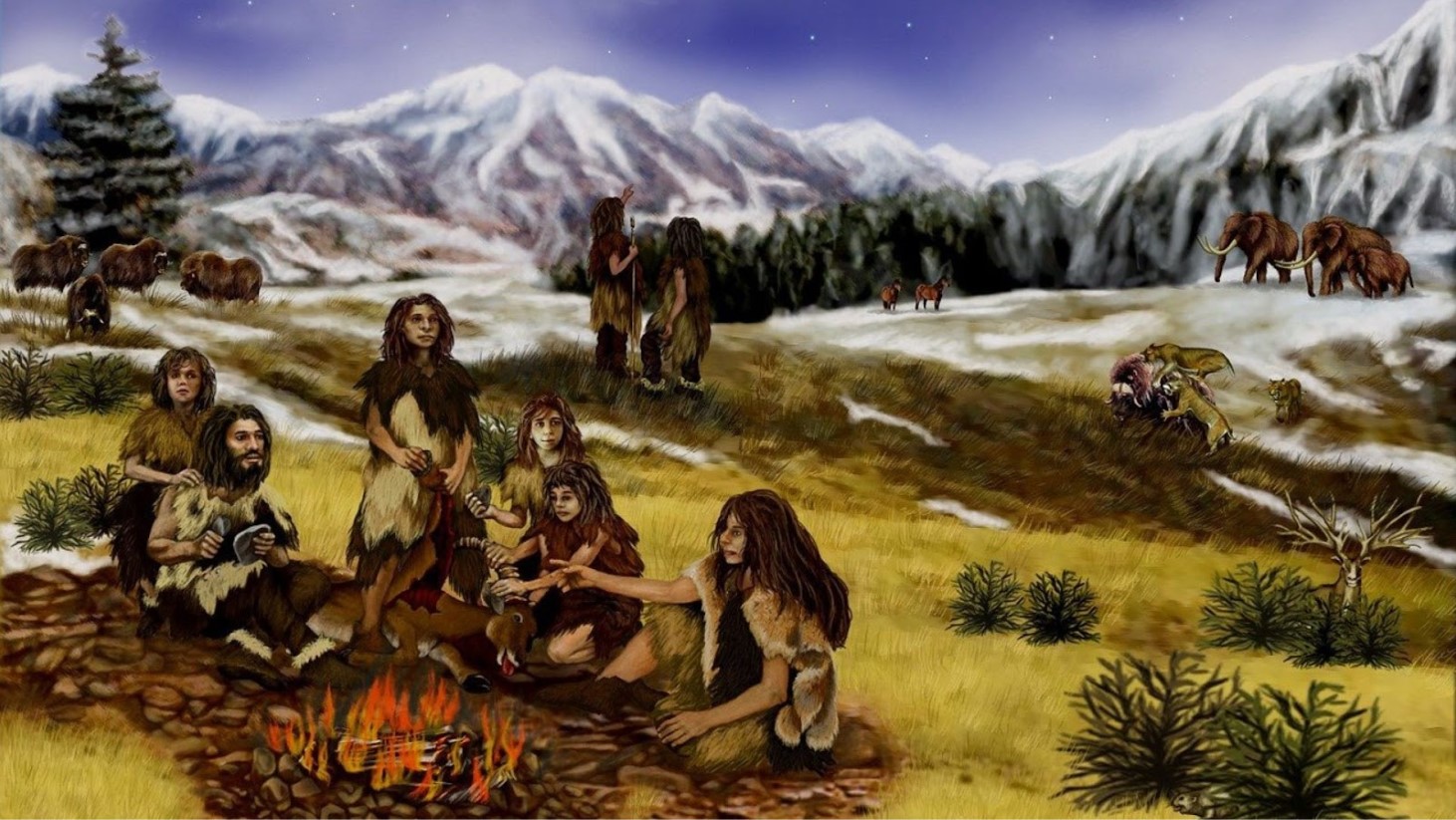
Source: Wikimedia Commons
He told CNN, “It is hard for me to evaluate the veracity of this claim because the influence that planetary magnetic fields might have on climate is not very well understood.”
More Work to Be Done
Tarduno stands firm on his hypothesis, claiming it is “solid” and that the weakened magnetic field played a significant role in the evolution of animals on Earth.

Source: Freepik
However, he admits that it could take several decades of in-depth research as little is known about the animals that lived during the Ediacaran and Cambrian periods.
Understanding the Phases of Planet Earth
For scientists around the world, this study regarding the planet’s magnetic field and the effects it has on the planet is incredibly exciting. However, it’s about much more than just the magnetic field.
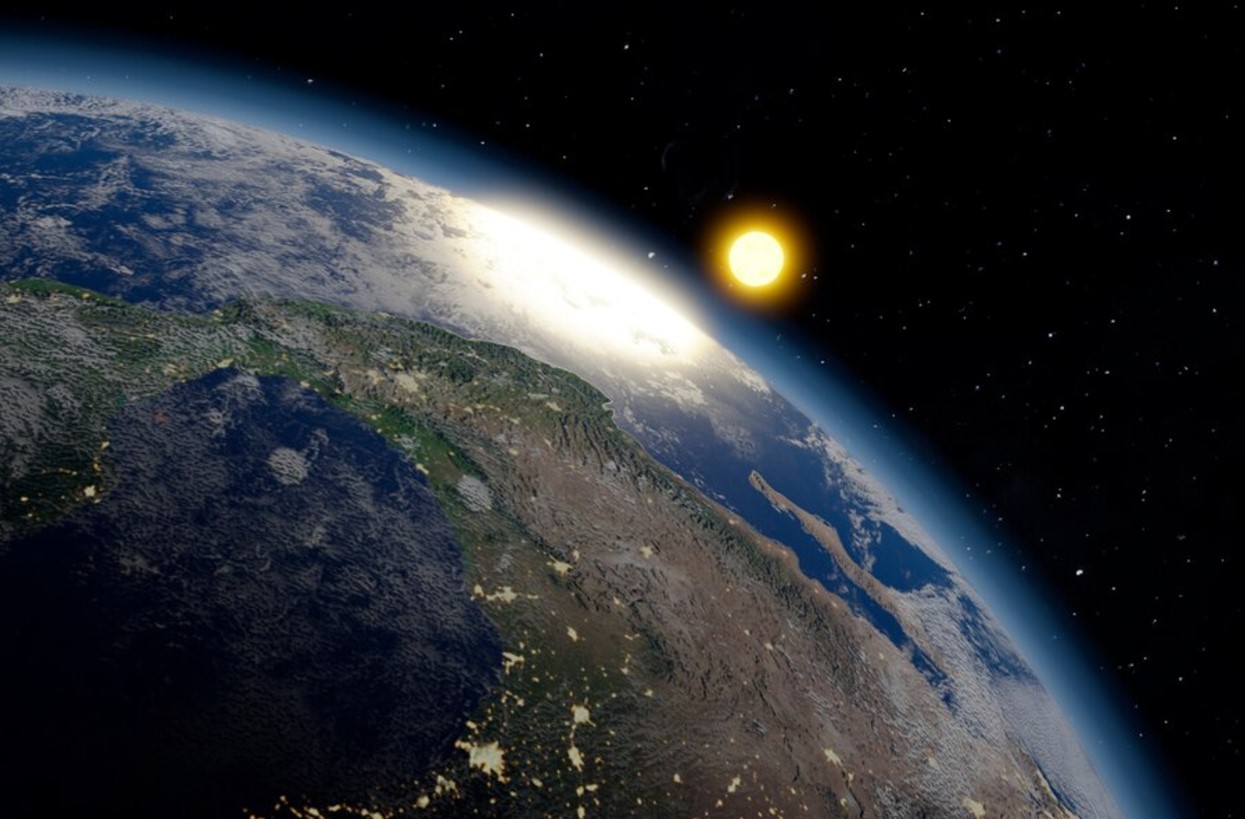
Source: Freepik
Studies such as these can help us understand the phases of the planet, including its many drastic changes that occur over time. Hopefully, with the advancement of science and technology, we may be able to finally grasp what happened in the past and maybe even what will happen in the future.
Insight into the History of Earth Core
The geological analysis carried out by Tarduno and his team has also shed new light on the Earth’s core, helping researchers better estimate when it solidified.

Source: Freepik
“The observations appear to support the claim that the inner core first nucleated soon after this time, pushing the geodynamo (the mechanism that creates the magnetic field) from a weak, unstable state into a strong, stable dipolar field,” Driscoll said.
Recovery of Magnetic Field Saved the Earth
Another hypothesis postulated by Taduno suggests that the magnetic field recovery following the end of the Ediacaran period played a significant role in preventing the water-rich Earth from drying up.

Source: Freepik
The mysterious and downright bizarre animals that appeared during the Ediacaran period all but disappeared, and were replaced by a diversity of new animals formed in a relatively short period of time.
